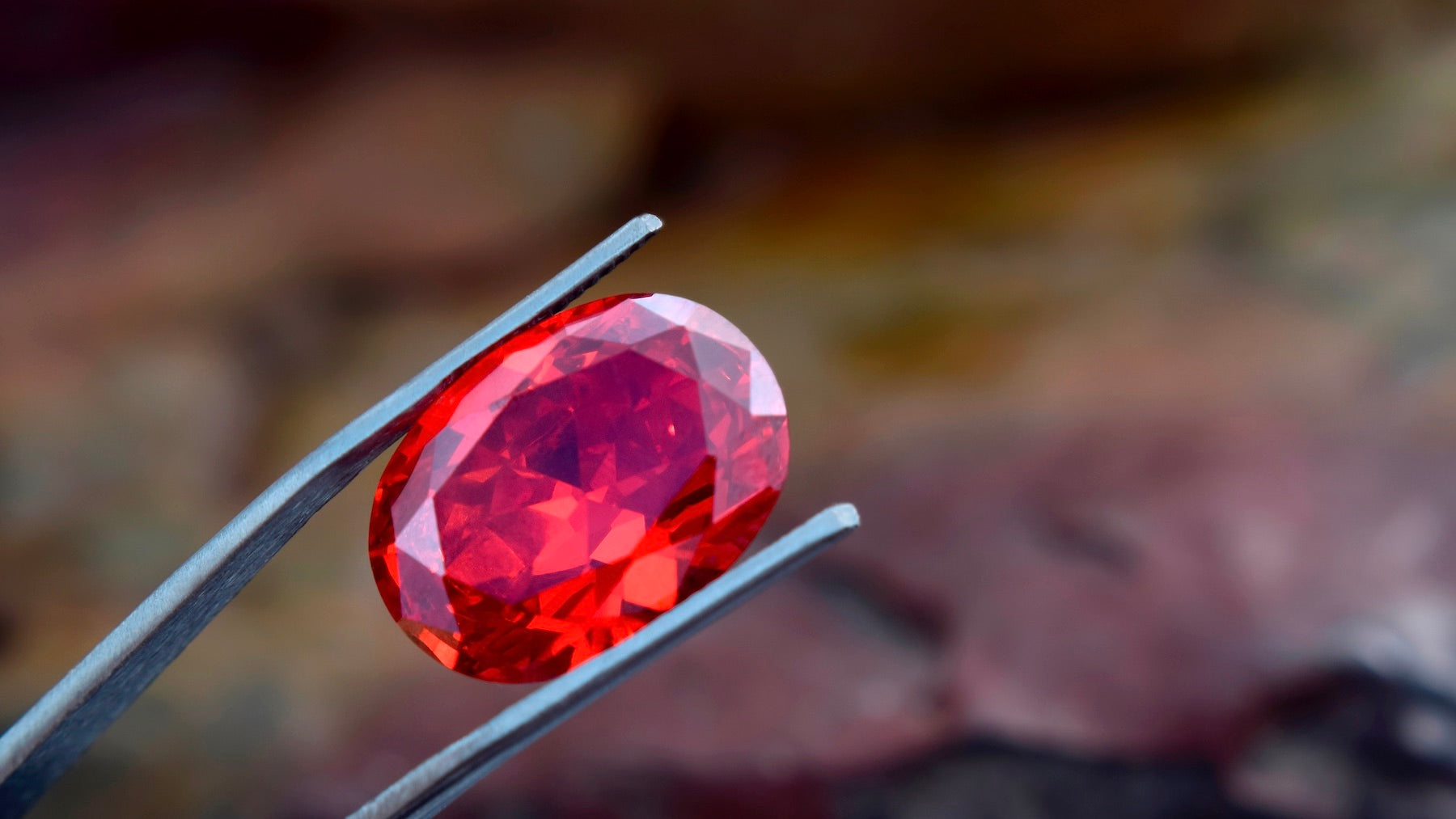
Ruby: The King of Gems

Rubies have been cherished for thousands of years, with their history tracing back to ancient civilizations. In ancient India, rubies were referred to as "ratnaraj" or "king of precious stones" and were believed to possess protective powers. The gemstone was also highly prized in ancient Burma (now Myanmar), where warriors believed it made them invincible in battle. Throughout history, rubies have been a symbol of wealth and power, adorning the crowns and regalia of royalty. The deep red color of rubies, often associated with love and passion, has made them a sought-after gem in various cultures, from the Silk Road trade routes to modern-day jewelry collections.
Rubies are a variety of the mineral corundum, with a hardness of 9 on the Mohs scale, making them one of the hardest gemstones, second only to diamonds. This exceptional hardness contributes to their durability and suitability for everyday wear. Rubies are primarily found in Myanmar, which has historically been the most significant source of high-quality rubies, particularly from the Mogok Valley. Other notable sources include Sri Lanka, Thailand, Madagascar, Vietnam, and Mozambique. These regions produce rubies with varying hues and qualities, with the most prized rubies exhibiting a deep, vibrant red often referred to as "pigeon's blood."

Ruby, renowned for its deep red color symbolizing love and passion, is the birthstone for July. Those born in this month are believed to benefit from the gemstone's purported protective and energizing properties, which include promoting health, wisdom, and success in love. Additionally, ruby is the traditional gemstone for the 15th and 40th wedding anniversaries, making it a significant symbol of enduring love and commitment. The fiery red hue of ruby is often associated with the heart, making it a fitting gift to celebrate long-lasting relationships. Its historical significance and timeless beauty make ruby a cherished choice for both birthstone jewelry and anniversary gifts, embodying strength and devotion.
Natural rubies, formed over millions of years under specific geological conditions, are highly prized for their unique color variations and inclusions, often referred to as their "fingerprints." In contrast, lab-grown rubies are created in controlled environments using methods like the Verneuil process, flux growth, or hydrothermal synthesis, resulting in stones that are chemically and physically identical to natural rubies but typically much less expensive. Distinguishing between natural and lab-grown rubies can be challenging without specialized equipment. Gemologists often use magnification to examine inclusions: natural rubies usually have characteristic internal features such as mineral inclusions and growth patterns, whereas lab-grown rubies may exhibit tell-tale signs like curved striae or gas bubbles. Advanced techniques like spectroscopy and microscopic analysis are employed to identify trace elements and inclusion patterns that indicate the stone's origin, providing a definitive distinction between natural and lab-grown rubies.
Our collection of ruby jewelry includes both natural and lab grown gemstones. Explore our Ruby Jewelry Collection today.
